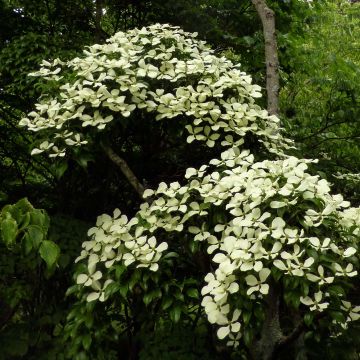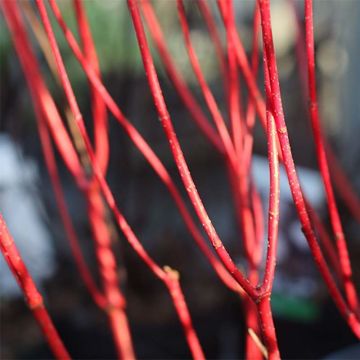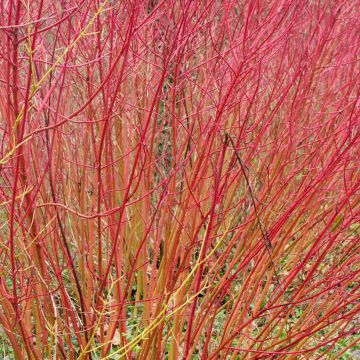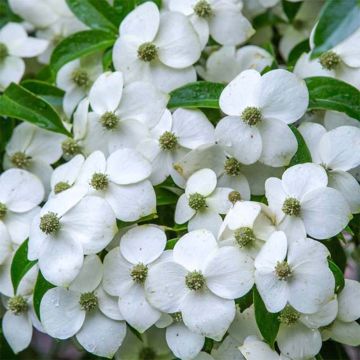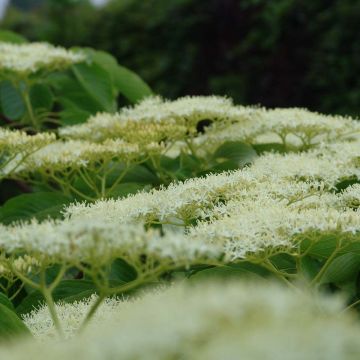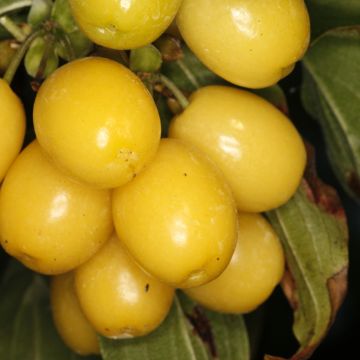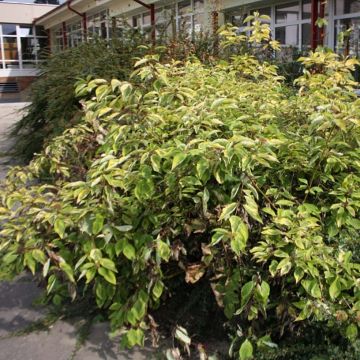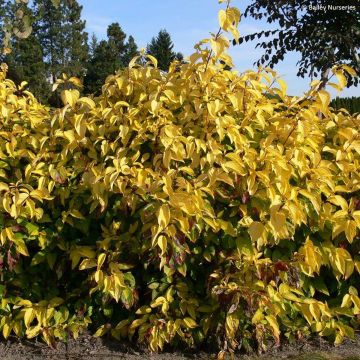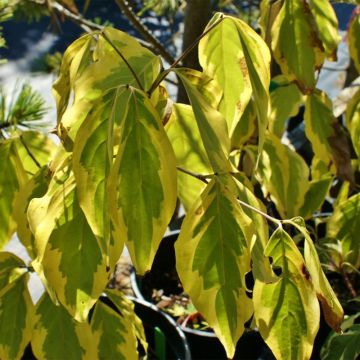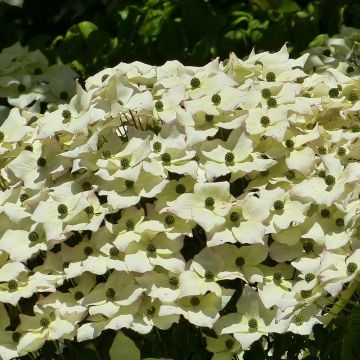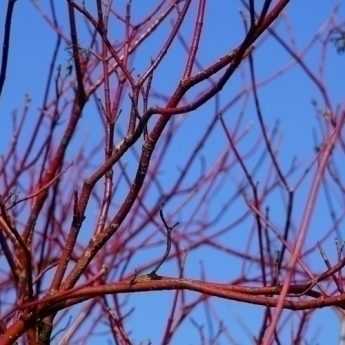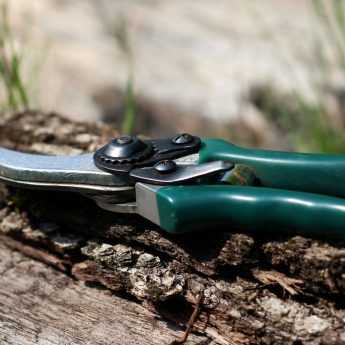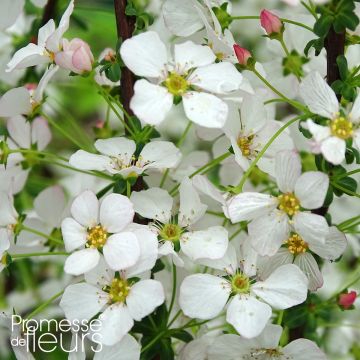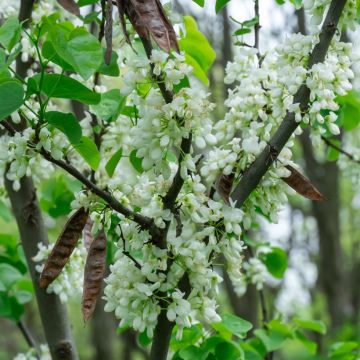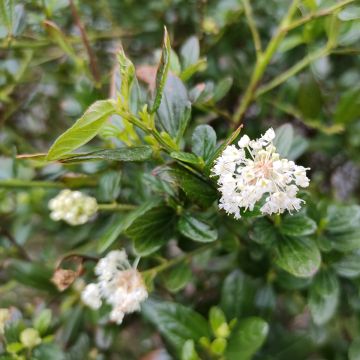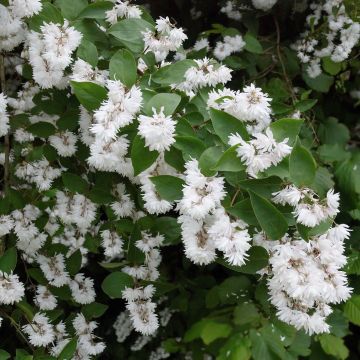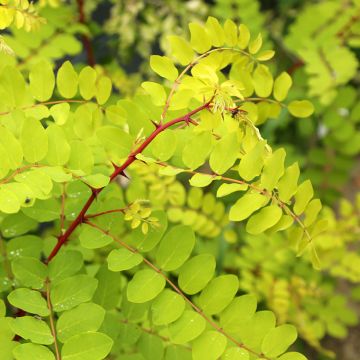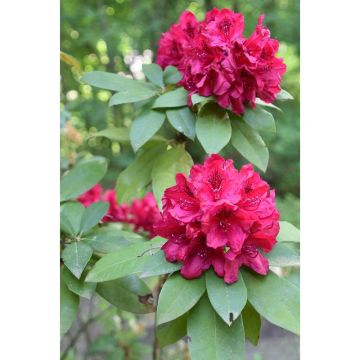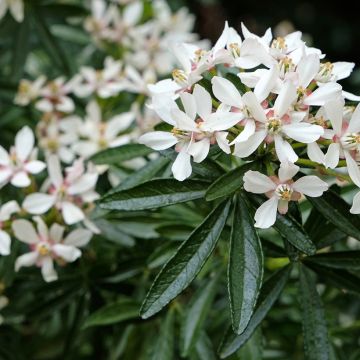

Cornus alternifolia Silver Giant - Pagoda Dogwood


Cornus alternifolia Silver Giant - Pagoda Dogwood
Cornus alternifolia Silver Giant - Pagoda Dogwood
Cornus alternifolia Silver Giant
Pagoda Dogwood, Alternate-leaved Dogwood
This item cannot be shipped to the selected country
Delivery charge from €6.90
More information
Delivery charge from €6.90
More information
Schedule delivery date,
and select date in basket
This plant carries a 24 months recovery warranty
More information
We guarantee the quality of our plants for a full growing cycle, and will replace at our expense any plant that fails to recover under normal climatic and planting conditions.
From €7.90 for pickup delivery and €6.90 for home delivery
Express home delivery from €8.90.
Does this plant fit my garden?
Set up your Plantfit profile →
Description
Cornus alternifolia 'Silver Giant' is a variety of alternate-leaved dogwood derived from the cultivar 'Argentea', slightly more vigorous in habit and more discreet in variegation. The decorative leaves are green, with a narrow white or white-pink border. They turn red in autumn. Its branches form a distinctive structure, as they emerge from the trunk in tiers and spread out horizontally and widely. The flowers, gathered in umbels, are white and appear in late May/early June, barely visible among the speckled foliage. 'Silver Giant' thrives in fertile, humus-bearing, moist soil and prefers semi-shaded sites: in full shade, its colouration is less pronounced, while full sun can damage the colourful foliage.
Cornus alternifolia 'Silver Giant' belongs to the Cornaceae family. It is native to the eastern United States and Canada, ranging from western Newfoundland to southern Manitoba and Minnesota, and from the south to the north of Florida and Mississippi. It can be found growing under deciduous trees, as well as at the edge of forests and near swamps, under harsh and contrasting climates that attest to its robustness.
The 'Silver Giant' cultivar has a bushy habit and tiered branches, which are well-developed from the base. It will reach approximately 3.50 m in height, with a spread of 3 m, sometimes more depending on growing conditions. Its growth is relatively vigorous. The deciduous leaves are grey-green with narrow white and pink margins on the upper side, more bluish underneath, and turn reddish-violet in autumn. The leaves are entire, distinctly veined and wavy, measuring about 8 to 10 cm in length. Its flowering is quite discreet, taking the form of small cream-white flowers arranged in 10 to 15 cm wide, fragrant and nectar-rich cymes. It is followed by blue-black berries on red stems, containing oily seeds. These fruits turn purplish when ripe and are highly loved by songbirds.
Regardless of the size and style of the garden, there will always be a dogwood to provide a beautiful decoration. The 'Silver Giant' dogwood offers a very elegant, splendid tiered stature and refined foliage, which deserves to be planted as a solitary specimen. It also forms beautiful autumn beds, mixed hedges with witch hazels or Japanese maples in acidic soil, or at the edge of woodlands in the company of Hydrangea quercifolia or burning bush in more neutral soil. All these shrubs are perfect for creating a transition with the countryside. As it is a shrub that thrives near water, it can be planted, along with Cornus stolonifera Flaviramea with yellow bark, behind a foreground of astilbes, not far from a pond.
Plant habit
Flowering
Foliage
Botanical data
Cornus
alternifolia
Silver Giant
Cornaceae
Pagoda Dogwood, Alternate-leaved Dogwood
Cultivar or hybrid
Other Cornus
View all →Planting and care
Cornus alternifolia Silver Giant will thrive in moist, fertile, humus-bearing, neutral or slightly acidic soil. It is a bush that thrives in cool climates and does not tolerate heat and drought well. Plant it from November to March, in a sunny location to enhance the foliage colours, or if necessary in bright partial shade. However, avoid scorching exposures that can damage its foliage.
Planting period
Intended location
Care
Planting & care advice
This item has not been reviewed yet - be the first to leave a review about it.
Spring-flowering shrubs
Haven't found what you were looking for?
Hardiness is the lowest winter temperature a plant can endure without suffering serious damage or even dying. However, hardiness is affected by location (a sheltered area, such as a patio), protection (winter cover) and soil type (hardiness is improved by well-drained soil).

Photo Sharing Terms & Conditions
In order to encourage gardeners to interact and share their experiences, Promesse de fleurs offers various media enabling content to be uploaded onto its Site - in particular via the ‘Photo sharing’ module.
The User agrees to refrain from:
- Posting any content that is illegal, prejudicial, insulting, racist, inciteful to hatred, revisionist, contrary to public decency, that infringes on privacy or on the privacy rights of third parties, in particular the publicity rights of persons and goods, intellectual property rights, or the right to privacy.
- Submitting content on behalf of a third party;
- Impersonate the identity of a third party and/or publish any personal information about a third party;
In general, the User undertakes to refrain from any unethical behaviour.
All Content (in particular text, comments, files, images, photos, videos, creative works, etc.), which may be subject to property or intellectual property rights, image or other private rights, shall remain the property of the User, subject to the limited rights granted by the terms of the licence granted by Promesse de fleurs as stated below. Users are at liberty to publish or not to publish such Content on the Site, notably via the ‘Photo Sharing’ facility, and accept that this Content shall be made public and freely accessible, notably on the Internet.
Users further acknowledge, undertake to have ,and guarantee that they hold all necessary rights and permissions to publish such material on the Site, in particular with regard to the legislation in force pertaining to any privacy, property, intellectual property, image, or contractual rights, or rights of any other nature. By publishing such Content on the Site, Users acknowledge accepting full liability as publishers of the Content within the meaning of the law, and grant Promesse de fleurs, free of charge, an inclusive, worldwide licence for the said Content for the entire duration of its publication, including all reproduction, representation, up/downloading, displaying, performing, transmission, and storage rights.
Users also grant permission for their name to be linked to the Content and accept that this link may not always be made available.
By engaging in posting material, Users consent to their Content becoming automatically accessible on the Internet, in particular on other sites and/or blogs and/or web pages of the Promesse de fleurs site, including in particular social pages and the Promesse de fleurs catalogue.
Users may secure the removal of entrusted content free of charge by issuing a simple request via our contact form.


































